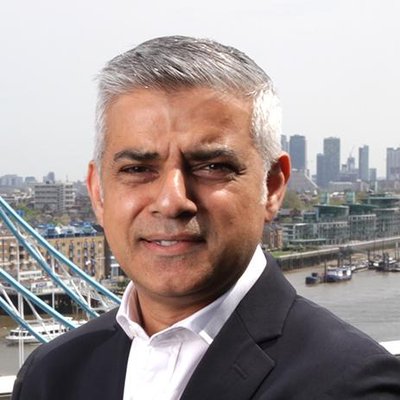Lord Hague of Richmond – 2016 Parliamentary Question to the Department for Environment, Food and Rural Affairs
The below Parliamentary question was asked by Lord Hague of Richmond on 2016-09-06.
To ask Her Majesty’s Government what progress has been made to implement the Elephant Protection Initiative since it was launched at the London Conference on Illegal Wildlife Trade in 2014.
Lord Gardiner of Kimble
The Government has conducted informal discussions with representatives of the arts and antique sector on the scale of legal trade in ivory currently taking place. An accurate assessment is challenging as records for antiques may not necessarily record an item as containing ivory where this is only a small component of a larger item. Extrapolation from available data indicates that sales of items containing ivory may be worth in the order of several tens of millions of pounds per annum.
TRAFFIC, the wildlife trade monitoring organisation, has recently published its report: “A Rapid Survey of the UK ivory market”. Although not an exact comparison with a survey conducted in 2004, TRAFFIC’s survey found the number of market stalls offering ivory for sale had declined by approximately two-thirds and the number of items offered for sale had halved. No new or raw ivory was seen in any of the physical market outlets or online platforms; only one ivory item seen for sale was reportedly from after the legal cut-off (1947) for antique ivory being sold without Convention on International Trade in Endangered Species (CITES) documentation within the EU. Ivory is a key UK wildlife crime priority with an enforcement action plan in place to tackle risk. For example, UK Border Force through Operation Quiver has in particular successfully targeted ivory sent through postal systems.
We are actively exploring options with interested parties and other Government Departments about how to implement the UK Government’s manifesto commitment to press for a total ban on ivory sales. The UK has successfully lobbied for the EU-wide adoption of the existing UK ban on trade in raw ivory tusks, which was agreed through European Council Conclusions on an EU Action Plan on Wildlife Trafficking adopted in June. Trade in such tusks presents the greatest risk of poached ivory entering the legal market. In addition, these conclusions urged EU Member States to consider further measures to put a halt to commercial trade in ivory from elephants.
A substantial number of proposals on elephant and ivory related issues will be discussed at the Conference of Parties to CITES to be held in South Africa between 24 September and 5 October 2016. This will include discussions on the existing global ban on the trade in ivory, which the UK is committed to maintaining, and the role of domestic ivory markets in illegal trade. The UK is, and will continue to, play a full role in these discussions.
In relation to the confirmation by the USA Government to limit commercial trade in African elephant ivory to items more than 100 years old, with some exemptions, the then Parliamentary Under Secretary of State for Environment and Rural Affairs, Rory Stewart, discussed this issue with the USA Government during a trip earlier this year. In addition officials in Defra are in regular contact with their US counterparts and have discussed the US measures on a number of occasions.
Finally on the Elephant Protection Initiative, this has grown from 5 to 14 members since the London Conference in February 2014. A Ministerial-level meeting of members to agree governance arrangements took place in Addis Ababa in September 2015. Range states have been supported to develop their National Elephant Action Plans and through these a number of priority conservation projects have been funded.


